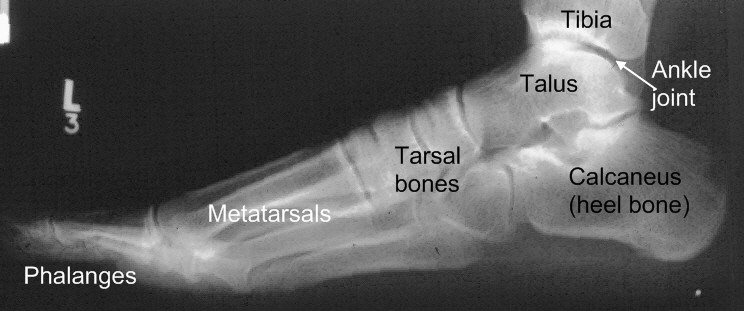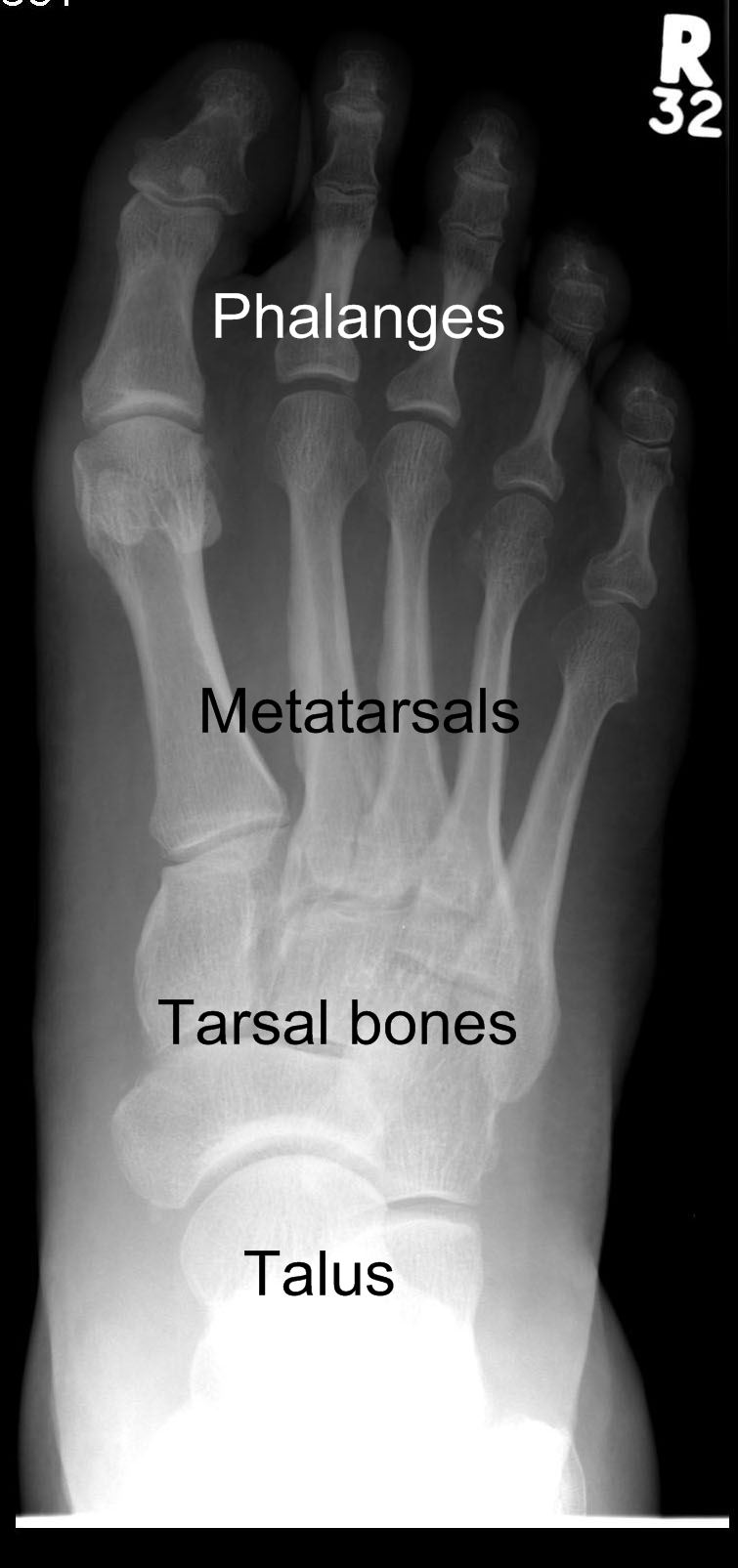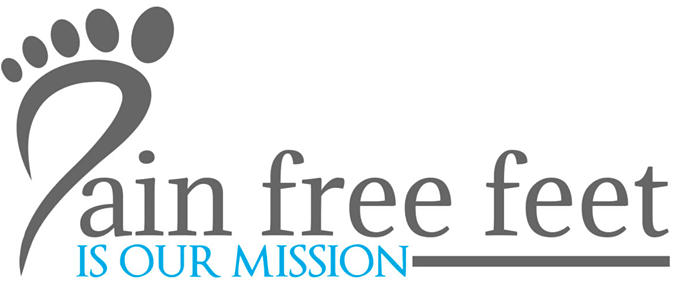The upper portion of the leg consists of a single bone called the femur, or thigh bone.
The top of the femur inserts into the pelvis to form the hip joint, which is a ball-and-socket joint.
The bottom of the femur connects to the lower portion of the leg at the knee joint, which is a hinge joint. The femur and the tibia form the knee joint.
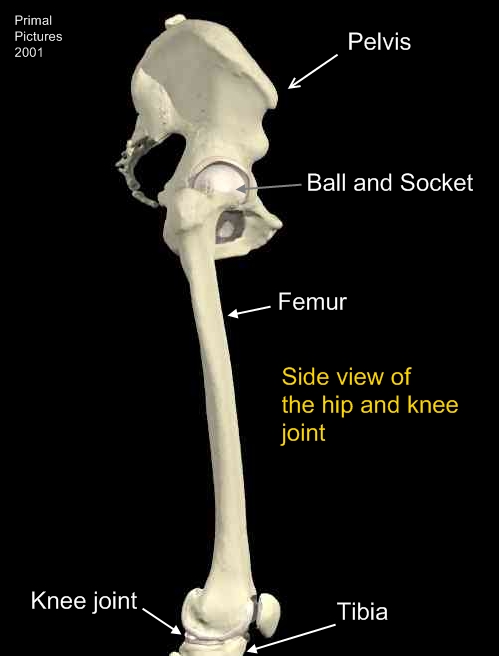
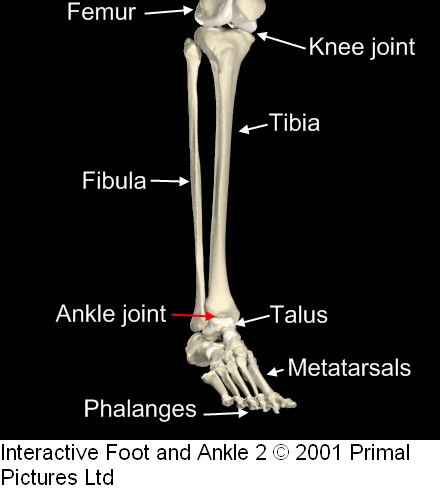
The lower leg consists of two bones, the tibia and the fibula. The tibia is the shin bone, which is the larger of the two bones, bears most of the weight placed on the lower leg.
The other leg bone is the fibula, which is a thinner bone located to the outside of the tibia and runs parallel to it. The tibia and the fibula and the talus form the ankle joint. The talus is one of 26 bones in the foot.
The foot is a complex musculoskeletal structure, consisting of 7 bones in the base of the foot, known as tarsal bones, 5 bones in the middle portion of the foot, called metatarsal bones , and a series of 14 small bones, or phalanges, which comprise the toes.
The foot bones are attached to each other and to the lower leg bones by an integrated meshwork of thick, fibrous structures known as ligaments. The areas in which two bones make contact with each other are lined with smooth cartilage coated with a natural lubricating material known as synovial fluid , allowing them to slide past each other with minimal friction.
These areas are the joints , and there are many joints in the foot, which collectively allow for movement in the foot and ankle.
